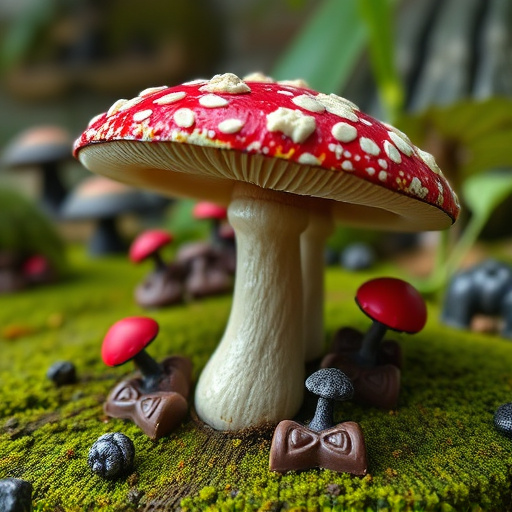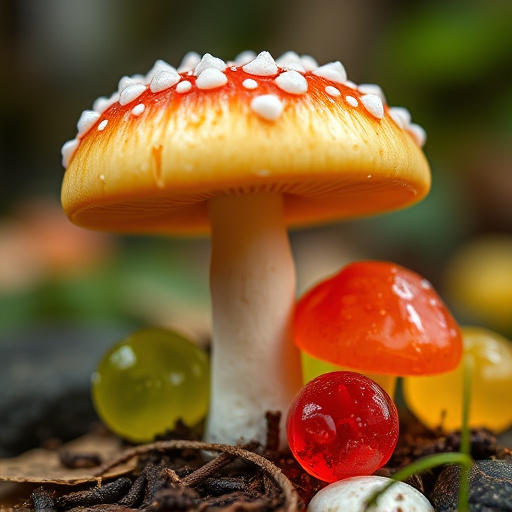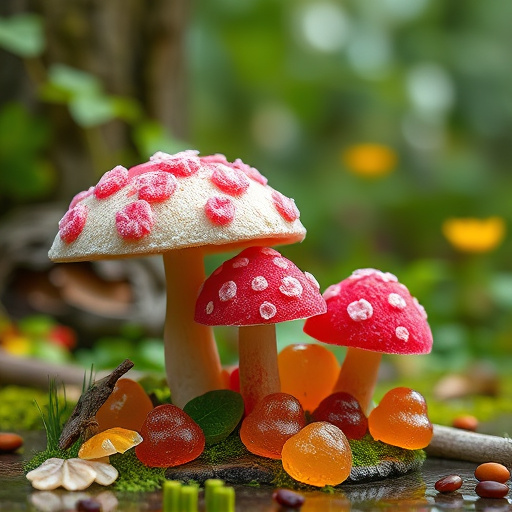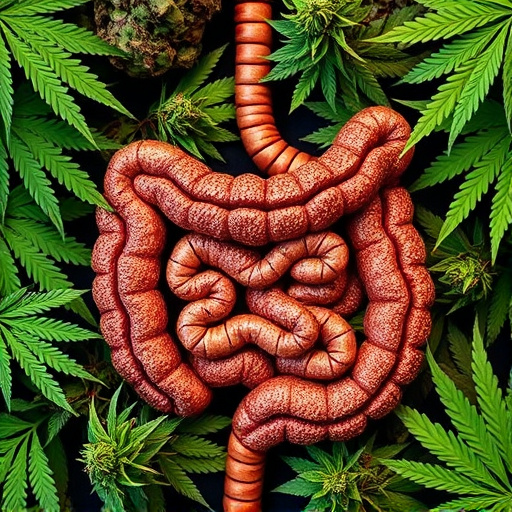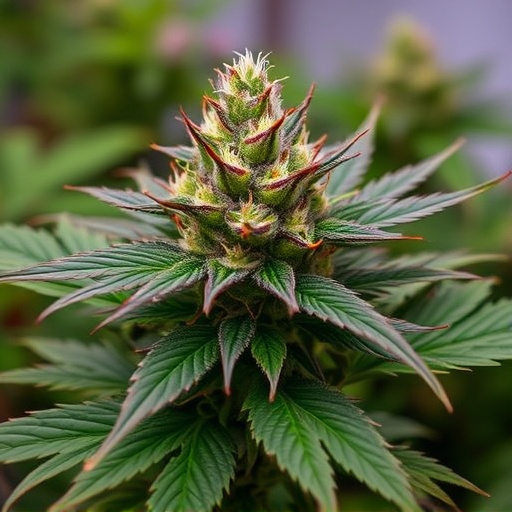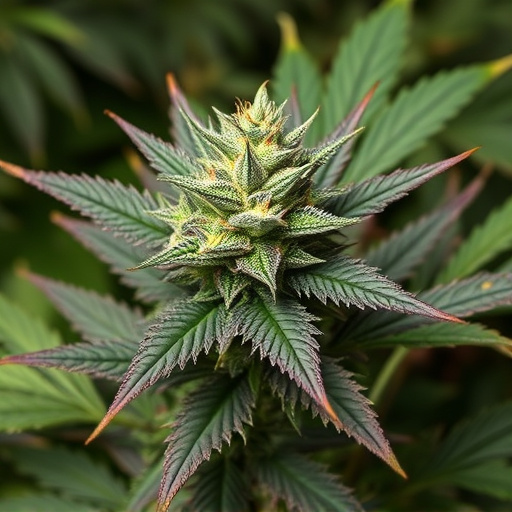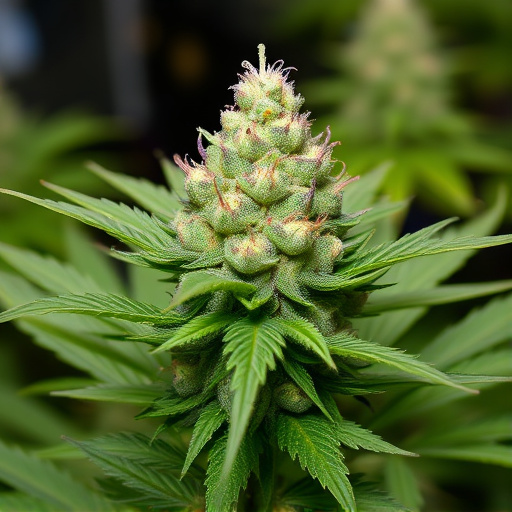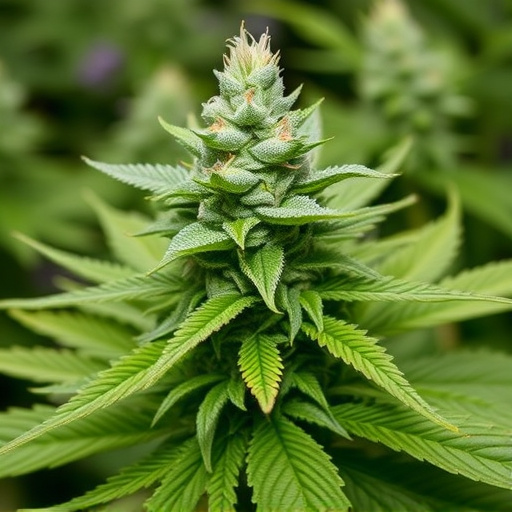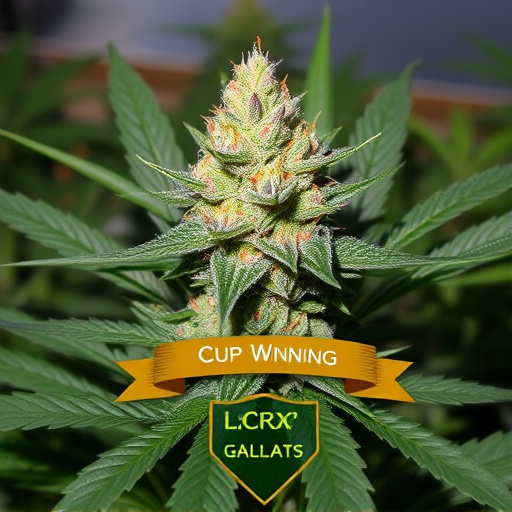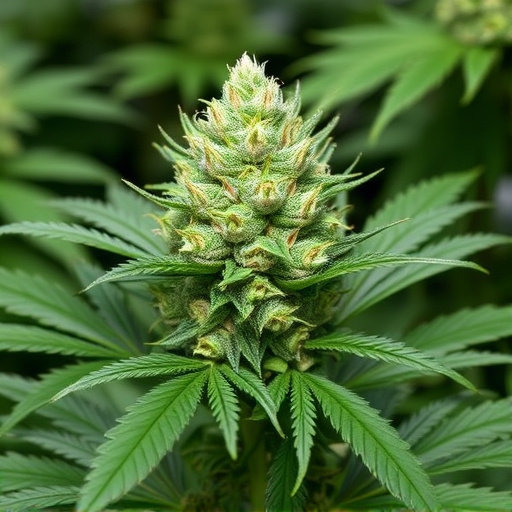Cannabis Cup-winning strains are judged by visual, olfactory, and gustatory cues. Moldy weed, identifiable by musty odors, discolored spots, or bitter tastes, poses health risks due to toxic spores and deviated sensory profiles. Consumers should inspect cannabis for mold, proper storage, and discarding if uncertain to ensure a safe and enjoyable experience appreciating the nuanced terpenes and flavors of cannabis cup winning strains.
Recognizing signs of moldy or expired weed is crucial for both safety and enjoyment. This guide delves into the visual indicators of mold and spoilage, as well as the subtle aroma and taste alterations that may signal degraded quality. Understanding the sensory characteristics of renowned cannabis cup-winning strains can help you discern between premium product and potential contaminants. Stay informed to ensure a safe and satisfying experience.
- Visual Indicators of Mold and Spoilage
- Aroma and Taste Alterations
- Understanding Cannabis Cup-Winning Strains' Sensory Characteristics
Visual Indicators of Mold and Spoilage
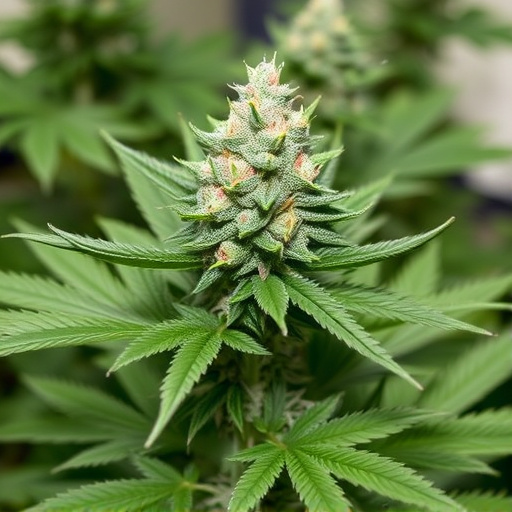
When it comes to cannabis, especially high-quality strains that often win prestigious Cannabis Cups, visual cues can be your best indicator of whether it’s still top-notch or has turned moldy and expired. Moldy weed isn’t just unpleasant to the senses; it can also pose health risks due to the potential toxicity of its spores. Look for telltale signs like a musty, earthy odor that’s off or different from the strain’s usual aroma. The appearance of the buds is another crucial factor; moldy cannabis may have spots, discolored areas, or a fuzzy, white coating resembling actual mold growth. Additionally, expired weed might feel dry and brittle to the touch, unlike the sticky, potent nugs you’d expect from fresh cannabis. Any deviation from the usual visual appeal and texture should raise red flags, prompting closer inspection or discarding the product to avoid potential adverse reactions.
Aroma and Taste Alterations
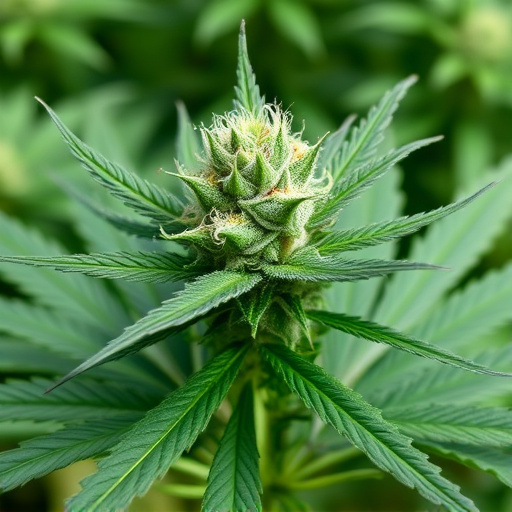
The quality and integrity of weed can be assessed through a keen sense of smell and taste, especially for those who appreciate the nuances of cannabis cup winning strains. If your once fragrant bud has taken on a musty, earthy, or even damp scent, it could be a sign that mold is present. This is because mold thrives in humid environments, often found in improperly stored or left-open containers. The mold itself may not always be visible, but its impact on the cannabis’ aroma is unmistakable.
In terms of taste, moldy weed will often have an off-putting, bitter, or stale flavor that overshadows the delicate terpenes and flavors that make various cannabis cup winning strains so sought after. Taste alterations can also indicate the presence of mycotoxins produced by certain types of mold, which not only negatively affect the sensory experience but could potentially pose health risks.
Understanding Cannabis Cup-Winning Strains' Sensory Characteristics
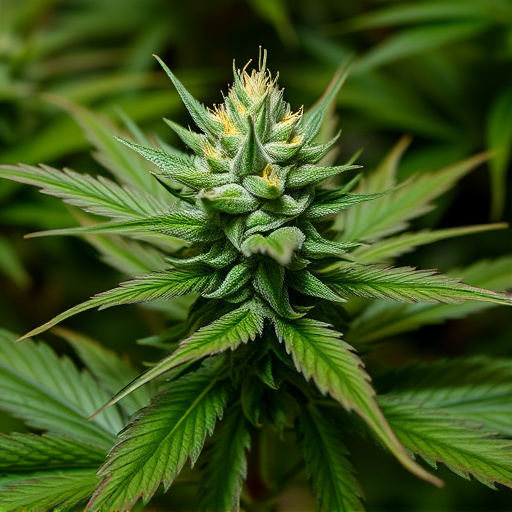
When discussing the sensory characteristics of cannabis cup-winning strains, it’s crucial to understand that these highly coveted varieties are judged on more than just their potent THC levels. Expert judges assess a range of factors, including aroma, flavor, texture, and overall user experience. Cannabis Cup winners often exhibit complex and distinctive aromas, ranging from earthy and woody notes to fruity and floral scents. These scents are not merely pleasant; they’re often unique and memorable, making each strain identifiable.
The taste profiles of these winning strains can be equally impressive. Some may offer a smooth, creamy mouthfeel, while others deliver a burst of citrus or berries. Terpenes, the compounds responsible for cannabis’s aroma and flavor, play a significant role in these characteristics. Different terpenes contribute to various sensory experiences, making each strain distinct. Understanding these sensory cues can enhance your appreciation of premium cannabis cup winners and help you choose strains that align with your personal preferences.
When evaluating the quality of cannabis, especially sought-after cannabis cup winning strains, it’s crucial to be aware of visual and sensory cues indicating mold or expiration. By understanding the subtle signs of spoilage, from aroma shifts to altered tastes and visible mold growth, consumers can ensure they purchase premium, safe, and effective products. Proper storage and quick consumption are key to preserving the unique sensory characteristics that make cannabis cup winners so celebrated.

